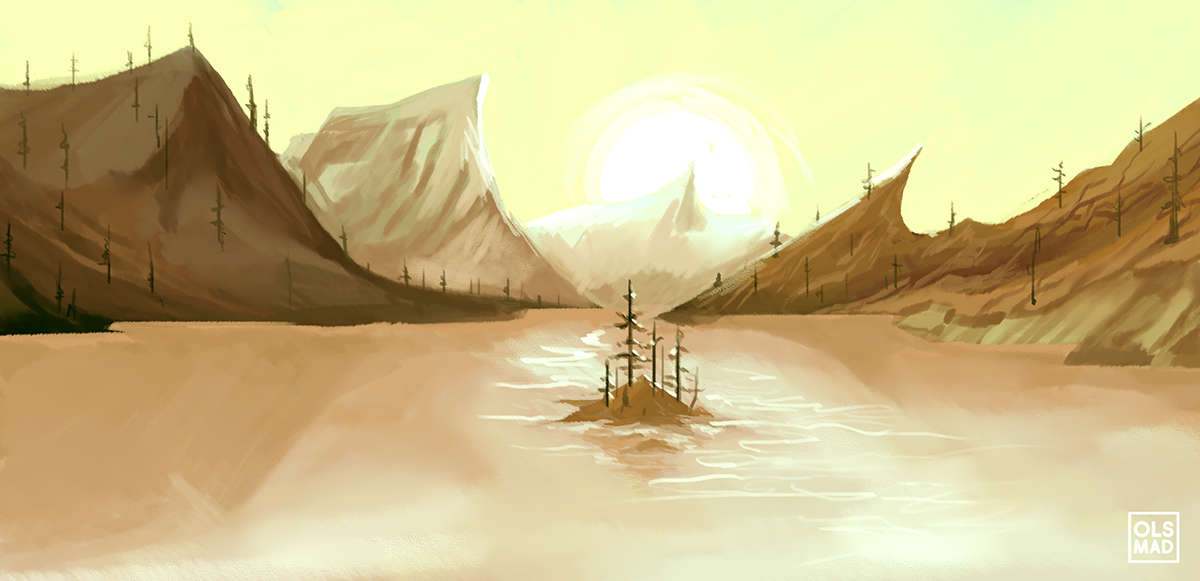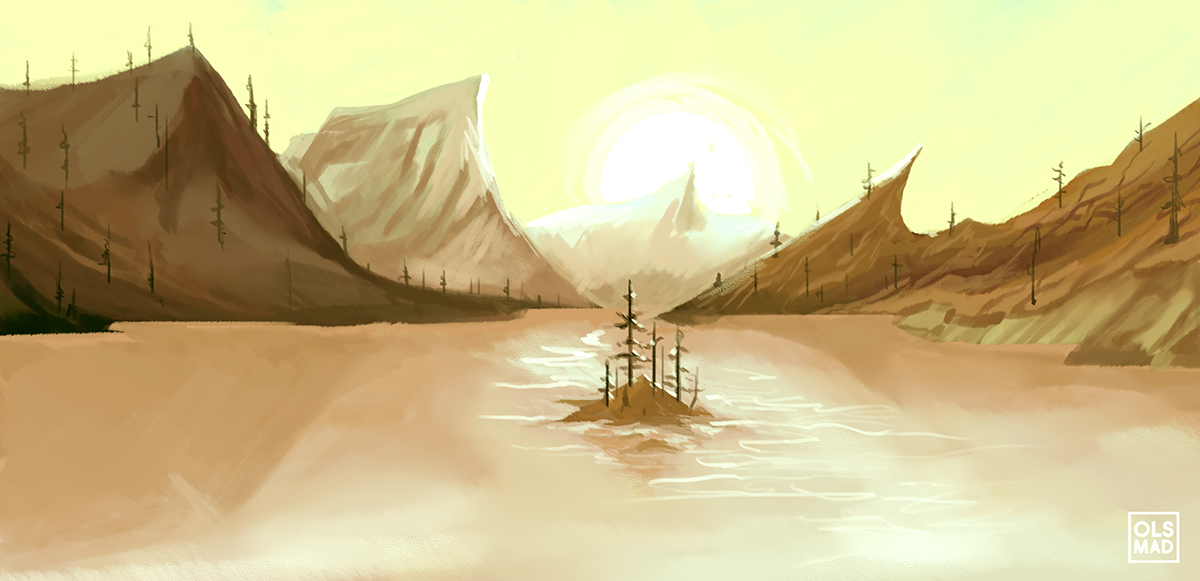
Megan Volk planned to wait until her youngest son, now 5, was older before tackling Glacier National Park’s long day hikes and soaring elevation. But the Illinois mother changed her mind after watching documentaries about the park’s shrinking glaciers with her four home-schooled children.
“I want them to see it as it is now,” Volk said. “I wanted them to experience that because their kids probably aren’t going to have that opportunity.”
Glacier saw 3.3 million visitors in 2017, a 53 percent increase from five years before. Nearly half a million people visited Glacier in September, a 12.5 percent increase from that same month last year. In recent years, at least some of those tourists, like Volk, are visiting to see the park’s namesake glaciers before they melt away. The park boasted more than 100 glaciers when it was established in 1910. In 1966, there were 35 named glaciers large enough to be considered active. Today, there are 26, and they are shrinking fast. On average, the glaciers have lost 39 percent of their mass — though some have shed 85 percent — during the past 50 years.
According to the Intergovernmental Panel on Climate Change, or IPCC, that melting isn’t going to slow down. In a recent report on the planet’s oceans and cryosphere (which includes snow, glaciers, permafrost, lake and river ice), IPCC researchers found that global warming in recent decades has led to mass loss from ice sheets and glaciers and reductions in snow cover around the world. The decline is projected to continue in almost all regions throughout the 21st century, and it will happen even faster in the second half of the century if greenhouse gas emissions remain high.
The report also found that snow- and glacier-oriented tourism is suffering. This has major implications for many Western national parks, including Washington’s Mount Rainier and Rocky Mountain in Colorado.
In this corner of northern Montana, some folks are coming to Glacier National Park, in part, because of that melting. Patrick Cochran, 38, first came to the park’s backcountry in 2012 to see the glaciers. He returns from Missouri almost every year for the beauty and seclusion of the park’s remote areas — and to catch a glimpse of the dwindling ice.
“In my lifetime, they’re going to be gone,” Cochran said of the glaciers. “There’s the sadness of knowing you’re the last generation to see them.”
Since 1950, average temperatures across the state have risen between 2 and 3 degrees Fahrenheit, according to the 2017 Montana Climate Assessment. They’re projected to increase by 4.5 to 6 degrees by the end of the century.
The impacts of glaciers disappearing in Montana aren’t just sentimental or tourism-related. Changes to the ecosystem are expected, and they will touch everything from animals to farmers downstream. Glaciers act as reservoirs of water throughout the summer, and their steady seasonal melt creates a dependable stream during the dry months. Many fish and insects that depend on that runoff need cold temperatures to survive. Water from Glacier is also used to irrigate crops downstream and to generate electricity in Columbia River watershed dams.
Park Superintendent Jeff Mow said Glacier’s unique landscape — a narrow section of the Rockies, close to the prairie, at a moderate elevation — make the park vulnerable to many facets of climate change, not just glacial melt.
“Yes, glaciers are getting smaller,” Mow said. “Yes, [we’re losing] cold water ecosystems … or they’re getting smaller and smaller. But boy, the wildfires have been in the center lane as of late.”
This summer was the first mild fire season in years, but Montana’s climate assessment predicts that warmer weather and past fire suppression will lead to increased fire severity in the coming years — another reason potential tourists may be looking to get their visits in now.
“In western Montana, the way we frame our tourism is obviously not about a ‘last chance tour’ or to ‘see it before it’s gone,’” said Jennifer Thomsen, who studies visitors in the park and teaches recreation and tourism management at the University of Montana. “Yet that may be what drives people to come to some of these places like Glacier National Park.”
Glaciated landscapes in other parts of the world are seeing increased visitors, too. In New Zealand, tourists are flocking to the Fox and Franz Josef glaciers to see them before they melt. Chinese scientists are studying how climate change is impacting tourism to the Baishu glacier and how the surrounding economy can adapt. In Iceland, a receding glacier actually created what’s now a popular tourist destination, the lagoon of Jökulsárlón.
While ‘last chance’ tourism is rampant in Antarctica and other polar regions threatened by climate change, the idea that such trips will increase environmental awareness may not hold water. One survey of Antarctic cruise ship passengers found that their attitudes about climate change generally didn’t change after the trip, nor did the venture to a threatened landscape encourage more sustainable travel choices in the future. (Not to mention that cruise ship travel in itself emits high levels of greenhouse gases.)
It’s tough to monitor behavior after a trip. But back in Montana this summer, tourists said the small size of the park’s glaciers made an impact on them.
Shauna Hart and her husband Scott drove to the park from Utah this summer and hauled their camp chairs to the base of Grinnell Glacier. While they were eating lunch, a chunk of the glacier calved off — an event taking place at an accelerated rate in recent years.
“We heard it crack and fall,” Hart said. “I saw the splash in the water afterward. I realized this is all changing. Even as we were there, it was changing. That was the most surprising to me.”
Volk’s youngest managed the 10 miles and 1,600 feet in elevation gain to reach Grinnell Glacier — even carrying his own trekking poles and pint-size backpack through the wilderness. She said her family treasured the experience of seeing a glacier up close.
“Seeing this on a documentary doesn’t even begin to compare to what it is like to feel the breeze off a glacial lake,” Volk said. “Seeing the postcard pictures of these emerald waters doesn’t even begin to compare to watching the light move over the glaciers and seeing the boulders underneath and the shadows. … It was an almost reverent experience, knowing that it’s all about to change.”

